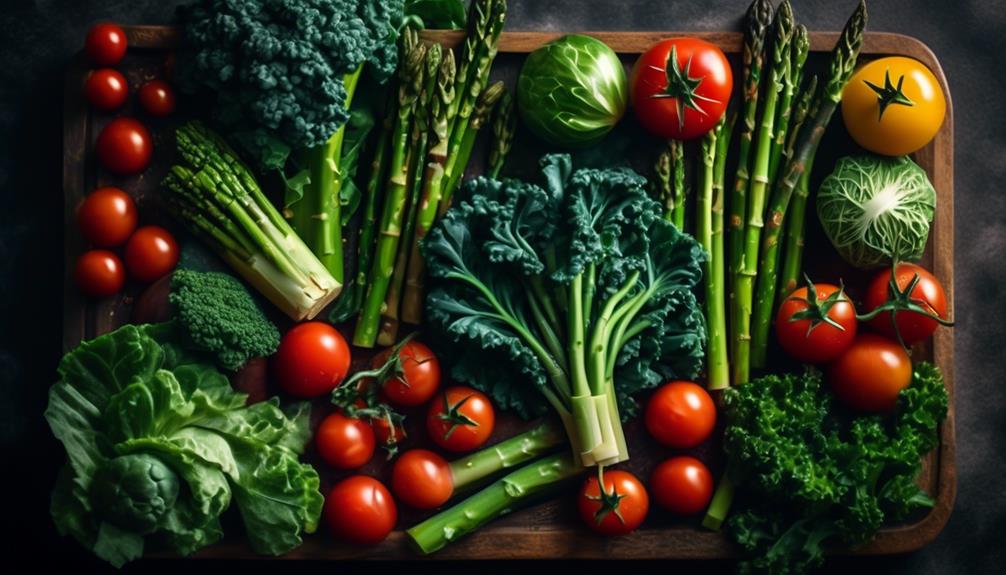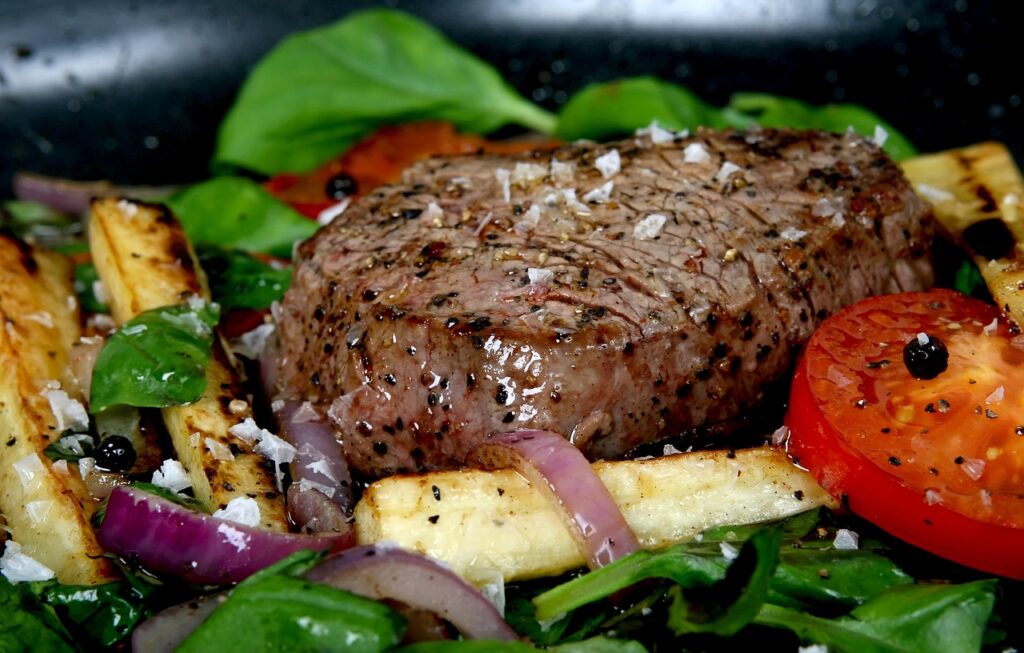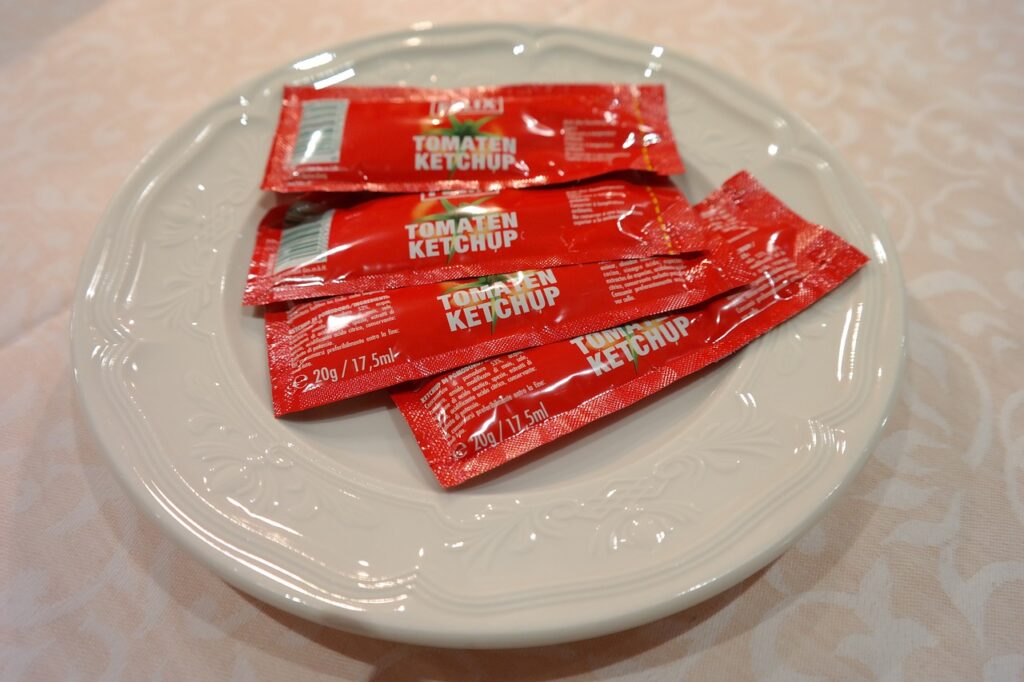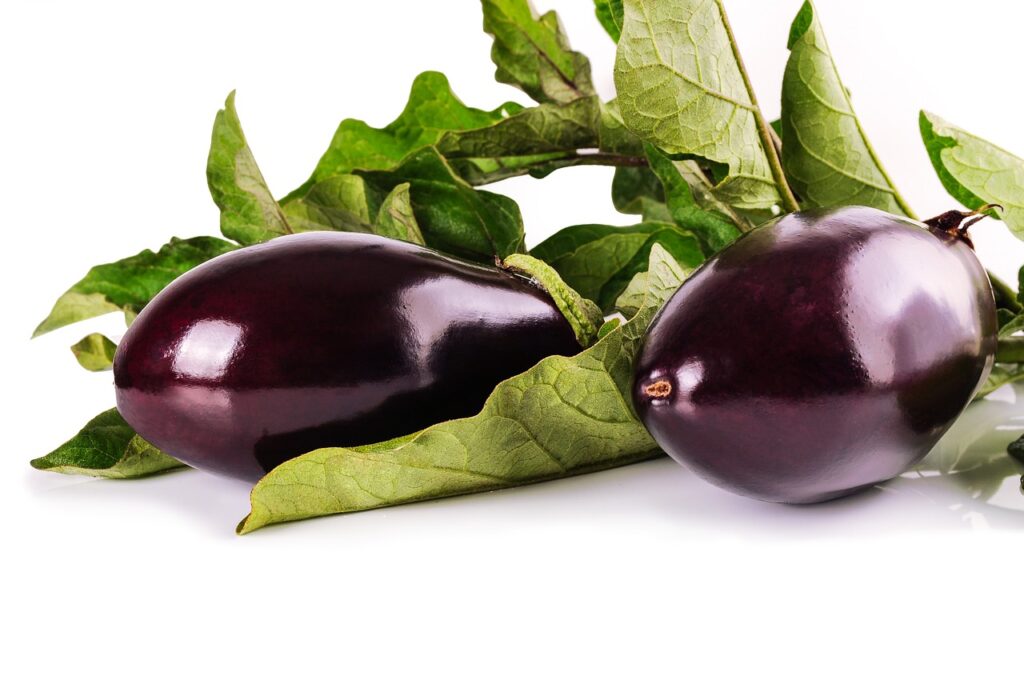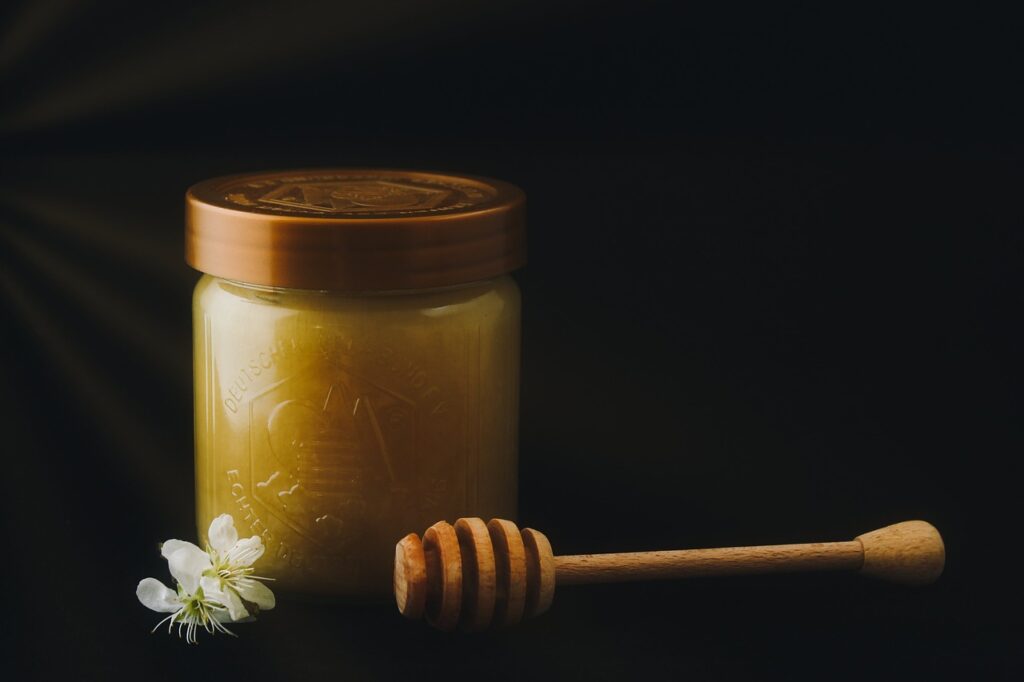As the saying goes, you are what you eat. When it comes to adopting a low-carb keto lifestyle, choosing the right vegetables can make all the difference in achieving your health and weight loss goals. But with so many options out there, it can be overwhelming to know which ones are the best.
Well, fret not, because in this discussion we will uncover the top seasonal low-carb keto vegetables that will not only satisfy your taste buds but also keep you on track towards a healthier you.
So, get ready to explore the world of vibrant leafy greens, nutrient-rich cruciferous vegetables, and other surprising low-carb gems that will leave you craving for more.
Leafy Greens
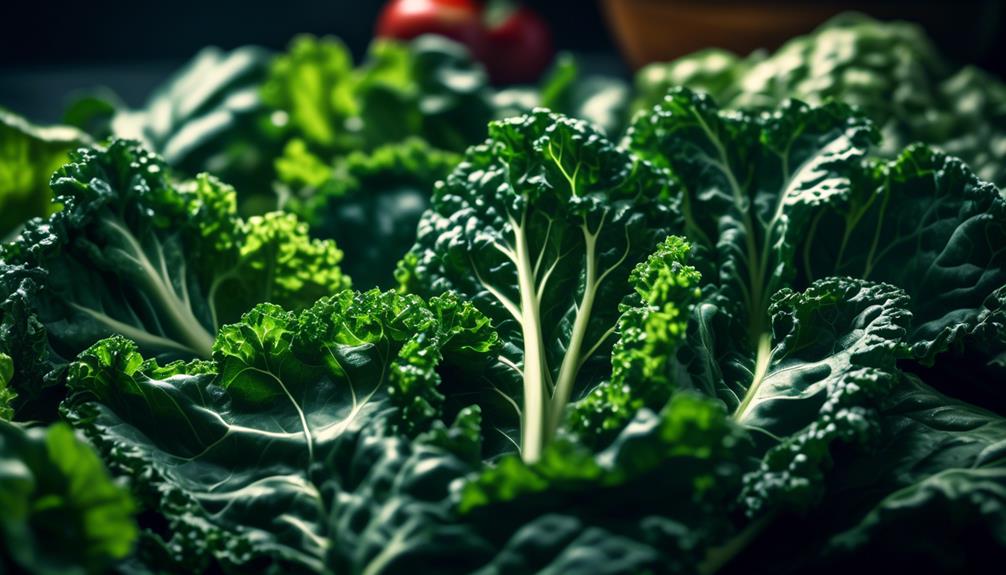
Leafy greens are a crucial component of a low-carb keto diet, providing essential nutrients and fiber while keeping your carbohydrate intake in check. Not only are they low in carbs, but they're also packed with vitamins, minerals, and antioxidants that promote overall health. Leafy greens such as spinach, kale, and arugula are excellent choices for those following a low-carb keto diet.
When it comes to incorporating leafy greens into your diet, salads are a great option. There are countless salad recipes that feature leafy greens as the star ingredient. You can create a simple green salad by tossing together a mix of different greens, such as romaine lettuce, spinach, and arugula. Add some protein such as grilled chicken or boiled eggs and top it off with a low-carb dressing for a satisfying meal.
Another popular salad recipe is the Caesar salad. Instead of using croutons, which are high in carbs, opt for a low-carb alternative such as parmesan crisps or crispy bacon bits. The combination of crisp romaine lettuce, tangy Caesar dressing, and savory toppings makes for a delicious and keto-friendly meal.
Cruciferous Vegetables
Cruciferous vegetables, such as broccoli and cauliflower, are nutrient-packed additions to a low-carb keto diet. These vegetables not only provide a variety of flavors and textures to your meals but also offer numerous health benefits. When it comes to preparing cruciferous vegetables, roasting techniques can enhance their natural flavors and textures.
Roasting cruciferous vegetables like broccoli and cauliflower can bring out their sweetness and create a delicious caramelized exterior. To do this, simply toss the vegetables in olive oil, season with salt and pepper, and roast in a preheated oven at 425°F (220°C) for about 20-25 minutes, until they're tender and golden brown.
In addition to being tasty, cruciferous vegetables are rich in nutrients. They're excellent sources of vitamins C, K, and folate, as well as fiber and antioxidants. These vegetables have been associated with various health benefits, including reduced inflammation, improved digestion, and lower risk of chronic diseases, such as heart disease and certain types of cancer.
Incorporating cruciferous vegetables into your low-carb keto diet can't only add variety to your meals but also provide you with essential nutrients and health benefits. So, get creative with roasting techniques and enjoy the delicious and nutritious benefits of cruciferous vegetables.
Low-Carb Root Vegetables
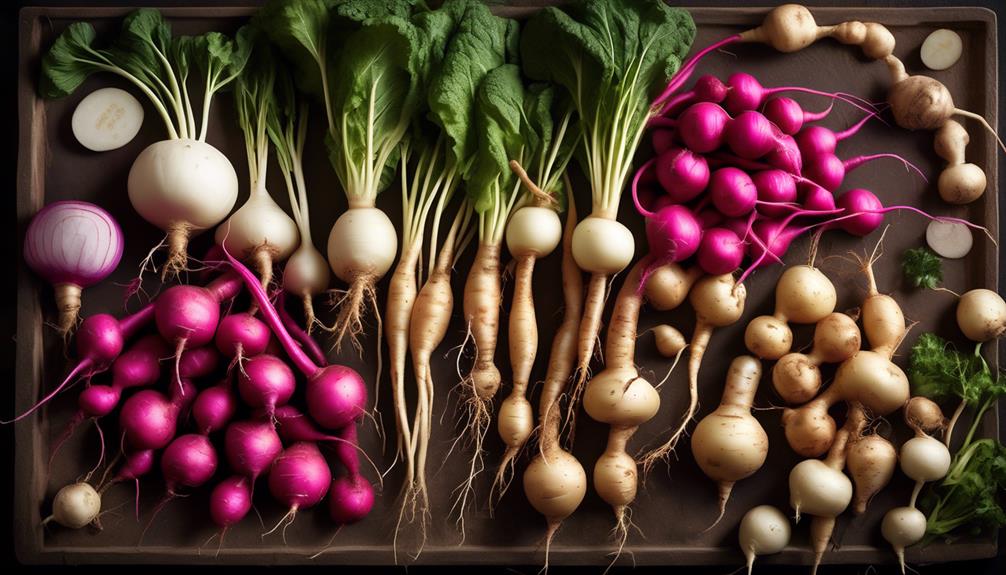
When it comes to adding variety and nutrients to your low-carb keto diet, don't overlook the benefits of incorporating low-carb root vegetables. These vegetables can be a great addition to your meals while still keeping your carb intake in check.
Here are some options to consider:
- Turnips: Roasted turnips are a delicious and low-carb alternative to potatoes. They've a slightly peppery flavor and a satisfying texture when cooked. Try seasoning them with herbs and spices for added flavor.
- Radishes: Radishes are often overlooked but they can be a great addition to your low-carb meals. They've a crisp texture and a slightly spicy taste. You can enjoy them raw in salads or roast them for a different flavor profile.
- Jicama: Jicama is a root vegetable that's low in carbs and high in fiber. It has a mild and slightly sweet flavor with a crunchy texture. You can enjoy it raw in salads or sliced and used as a substitute for tortillas in wraps.
- Daikon Radish: Daikon radish is a large, white root vegetable that can be a great low-carb alternative to carrots. It has a mild flavor and a crisp texture. You can shred it and use it as a replacement for coleslaw or pickle it for a tangy side dish.
Incorporating these low-carb root vegetables into your meals can add variety and nutrients to your low-carb keto diet. Experiment with different cooking methods and seasonings to find your favorite way to enjoy them.
Seasonal Bell Peppers
Bell peppers aren't only delicious, but they also offer numerous nutritional benefits. Packed with vitamins A and C, as well as fiber, they can support your immune system and promote healthy digestion.
When it comes to cooking ideas, you can enjoy them raw in salads, sautéed in stir-fries, or stuffed for a satisfying meal.
To make them last longer, store bell peppers in a cool, dry place or in the refrigerator for up to two weeks.
Nutritional Benefits
Seasonal bell peppers offer a wide range of nutritional benefits that can enhance your low-carb keto diet. These vibrant and crunchy vegetables are packed with essential vitamins and minerals, making them a healthy addition to your meals.
Here are some of the health benefits of seasonal bell peppers:
- High in vitamin C: Bell peppers are an excellent source of vitamin C, which supports a healthy immune system and helps protect against oxidative stress.
- Rich in antioxidants: These peppers are loaded with antioxidants like carotenoids and flavonoids, which can help reduce inflammation and protect your cells from damage.
- Low in carbohydrates: Bell peppers are low in carbs, making them a great choice for those following a low-carb keto diet.
- Versatile for meal planning options: Whether you enjoy them raw in salads, grilled, sautéed, or stuffed, bell peppers add a burst of flavor and color to your meals, making them a versatile option for meal planning.
Incorporating seasonal bell peppers into your low-carb keto diet can provide numerous nutritional benefits and add variety to your meals.
Cooking Ideas
To explore the culinary possibilities of seasonal bell peppers, consider incorporating them into a variety of delicious and nutritious dishes.
Bell peppers are versatile and can be cooked using different techniques to bring out their flavors and textures.
For example, you can roast them to enhance their natural sweetness and add a smoky flavor.
Sautéing bell peppers with onions and garlic can create a flavorful base for stir-fries or fajitas.
If you prefer a crisp texture, try grilling them and adding them to salads or sandwiches.
Bell peppers can also be stuffed with a variety of fillings, such as ground meat or cheese, and baked until tender.
When meal planning, consider using bell peppers as a low-carb, keto-friendly option to add color and flavor to your dishes.
Storage and Preservation
When storing and preserving seasonal bell peppers, it's important to follow proper techniques to maintain their freshness and quality. Here are some recommended methods for canning and freezing bell peppers:
- Canning Techniques:
- Wash the peppers thoroughly and remove the stems, seeds, and membranes.
- Blanch the peppers by immersing them in boiling water for a short time.
- Pack the blanched peppers tightly into sterilized canning jars.
- Cover the peppers with boiling water or a brine solution and seal the jars.
- Freezing Methods:
- Wash the peppers and remove the stems, seeds, and membranes.
- Blanch the peppers by immersing them in boiling water for a brief period.
- Transfer the blanched peppers to an ice bath to stop the cooking process.
- Place the cooled peppers in freezer-safe containers or bags, removing excess air before sealing.
Berries and Other Low-Carb Fruits
Berries and other low-carb fruits offer a delicious and nutritious addition to your low-carb keto diet. They aren't only satisfying to your taste buds but also packed with health benefits. Berries, such as strawberries, blueberries, and raspberries, are low in carbs and high in fiber, making them a perfect choice for those following a keto diet. These fruits are also rich in antioxidants, which help protect your body against oxidative stress and inflammation.
Incorporating berries into your keto-friendly recipes can add a burst of flavor and color. You can enjoy them in smoothies, salads, or as a topping for your keto-friendly desserts. Apart from berries, other low-carb fruits like avocados, tomatoes, and lemons can also be included in your keto diet. These fruits are low in carbohydrates and provide essential nutrients like vitamins, minerals, and healthy fats.
When choosing low-carb fruits, it's important to keep portion sizes in mind, as even low-carb fruits contain some carbohydrates. It's recommended to consume fruits in moderation to maintain ketosis. With their natural sweetness and nutritional benefits, berries and other low-carb fruits can be a great addition to your low-carb keto diet, allowing you to enjoy a variety of flavors while staying on track with your health goals.
Herbs and Spices

Herbs and spices add depth and flavor to your low-carb keto meals, enhancing both taste and nutritional value. Incorporating a variety of herbs and spices into your cooking techniques not only makes your dishes more enjoyable, but it also provides numerous health benefits.
Here are four herbs and spices that are perfect for your low-carb keto diet:
- Turmeric: Known for its vibrant yellow color, turmeric contains a powerful compound called curcumin, which has anti-inflammatory properties. It can help reduce the risk of chronic diseases and improve digestion.
- Basil: This fragrant herb is rich in essential oils that provide antibacterial and anti-inflammatory effects. It adds a fresh and aromatic touch to your dishes, making them more flavorful.
- Cinnamon: Besides adding a warm and sweet taste to your meals, cinnamon can help regulate blood sugar levels and improve insulin sensitivity. It may also have antioxidant and anti-inflammatory properties.
- Rosemary: This herb is packed with antioxidants and has been linked to improved digestion and brain function. Its earthy flavor pairs well with roasted meats and vegetables.
Conclusion
In conclusion, incorporating seasonal low-carb keto vegetables into your diet can provide a tasty and nutritious way to support your ketogenic lifestyle.
Leafy greens, cruciferous vegetables, low-carb root vegetables, seasonal bell peppers, and berries are all excellent choices. These vegetables not only offer a wide range of vitamins and minerals but also add vibrant colors to your plate, much like a painter's palette bringing life to a canvas.
So, get creative and enjoy the abundance of flavors that nature has to offer.

